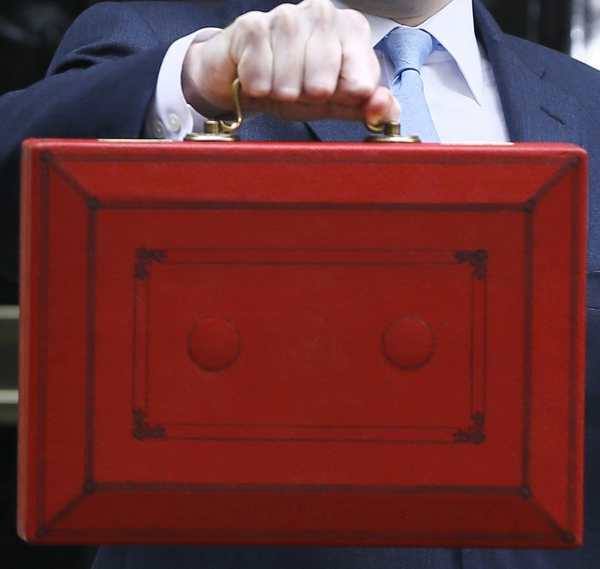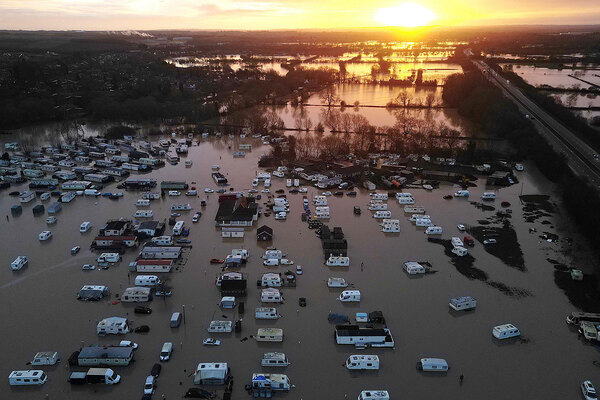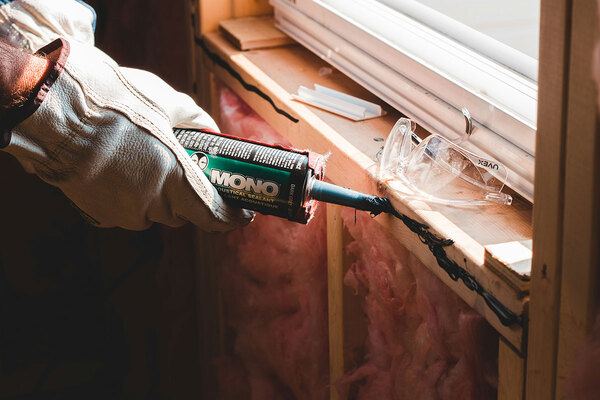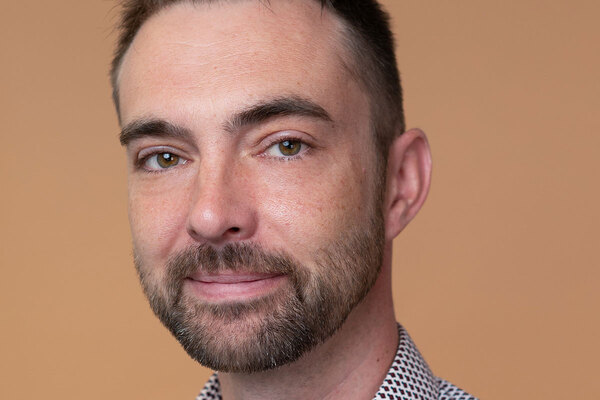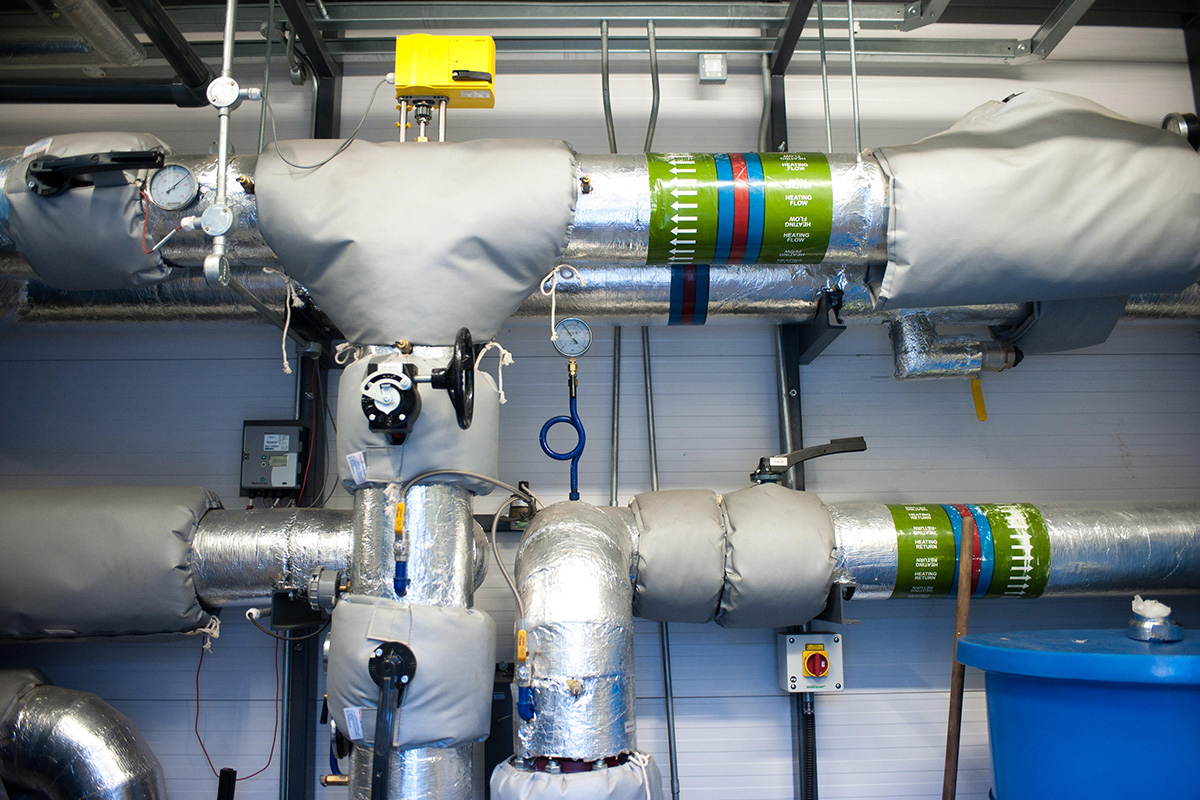You are viewing 1 of your 1 free articles
Sustainable living
The energy efficiency elements of the Budget and what they mean for housing associations, by Megan Owen
The Chancellor’s eighth Budget delivered a mixed-bag on the energy front.
Here is a brief run-down of the key energy sector announcements and our insights into what they mean for housing associations.
- End to the CRC Scheme. The Budget announced an end to the CRC Energy Efficiency Scheme (CRC Scheme), with effect from the end of the 2018-19 compliance year. It was designed to improve energy efficiency and to cut carbon dioxide emissions in private and public sector organisations that are high energy users, but it proved complex, bureaucratic and costly.
- Increase in the Climate Change Levy (CCL). The Budget announced that the Climate Change Levy will be increased from 2019 in order to recover the revenue lost in abolishing the CRC Scheme. The threat of increased levies on energy should continue to drive interest in energy efficiency.
- Further CfD auctions for “up to £730 million” in this Parliament. The Government insists it is committed to driving down the costs of decarbonisation and has pledged funding for “up to 4 GigaWatts of offshore wind and other less established renewables”. While this announcement will be welcomed by the renewables industry and drive energy efficiency measures, the timing of the next auction round remains unclear. The continued focus on support for offshore wind technologies may also be of concern for the wider renewables sector.
- £50 million for innovation in energy storage, demand-side response and other smart technologies over the next five years. The government will implement the recommendations of the National Infrastructure Commission’s energy study ‘Smart Power’, which was published on 4 March 2016. The commission’s key recommendations could save consumers up to £8 billion a year by 2030, help the UK meet its 2050 carbon targets and secure the UK’s energy supply for generations.
What’s does this mean for housing associations?
- CRC Scheme compliance. A significant number of local authorities and some housing associations were caught by the remit of the CRC Scheme (ie consuming more than 6000MWh of electricity per year through half-hourly meters). The end of the CRC Scheme will avoid the need to report on energy usage and purchase allowances.
- CCL increase. Domestic energy users remain exempt from Climate Change Levy. This exemption extends to communal heating systems (ie where energy is supplied to one party for use for the centralised provision of heat to a number of users). Larger housing associations could be impacted by increased levies on their energy bills for central offices and other commercial premises. It may be prudent to give early consideration to energy efficiency measures to minimise increased future costs.
- CfD Auctions. Lack of support for larger scale solar PV as a technology may result in falling costs of PV panels. This may help rooftop solar providers re-establish viable business deals.
- Smart technology. Energy storage and demand control are the key headlines. Housing associations can expect more pilot projects as the necessary technology gets unlocked. Storage potentially opens up possibilities to improve revenues and meet the energy needs of residents. Stay tuned.
Megan Owen. solicitor, energy and sustainability group, Trowers and Hamlins
RELATED STORIES

